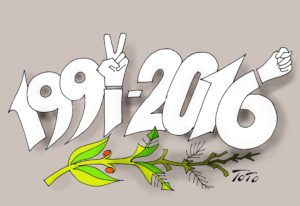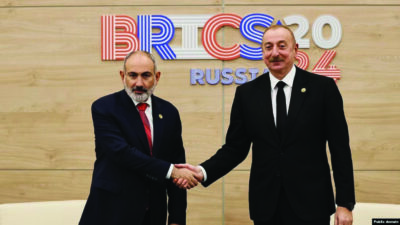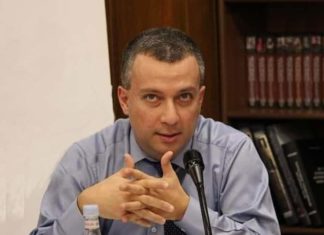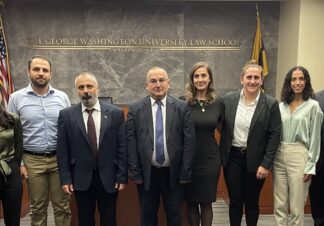 By Edmond Y. Azadian
By Edmond Y. Azadian
As we celebrate the 25th anniversary of the independence of the Third Republic of Armenia, we cannot shake off the somber sentiments and concerns that mirror those that shaped the mood at the threshold of the First Republic in 1918.
The First Republic rose to independence following the Armenian victory at Sardarabad. Despite that decisive victory against the much more powerful Ottoman army, the achievement of sovereignty seemed so tenuous that the last prime minister of the First Republic, Simon Vratzian wrote: “Armenian people were crying like a mother who had given birth to a sick child,” (Republic of Armenia).
Similarly, the emergence of the Third Republic in 1991 almost coincided with the victory at Karabagh; however, Armenians have yet to celebrate that victory properly, because the Karabagh issue has remained tangled up in the web of regional and world power rivalries.
One positive outcome of the Karabagh war which was forced on Armenia was the formation of a professional army, out of ragtag volunteer fighters. Today, the Armenian army commands respect as the most effective fighting force in the region.
The independence also came to redefine patriotism for Armenia and the diaspora. During the Soviet regime, Armenians were never allowed to demonstrate ethnic pride; nationalism went against the federal Soviet mindset. To oppose it meant incarceration or death. Instead, Soviet internationalism was glorified and, for a while, that drive for unity was so effective that Stalin was able to coalesce the forces of all these varied nationalities into a victorious force against the awesome Nazi war machine.








